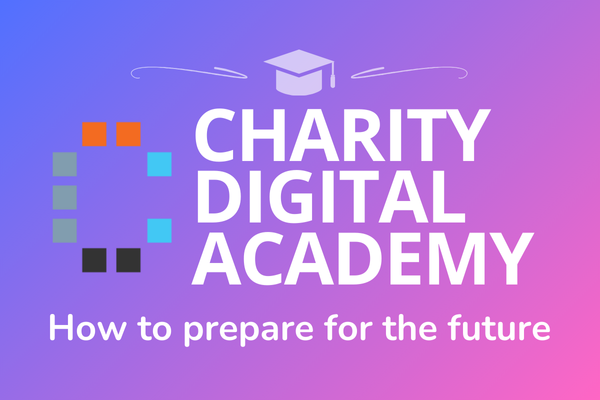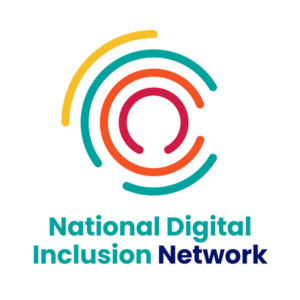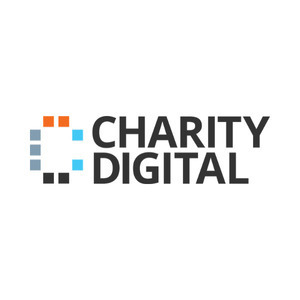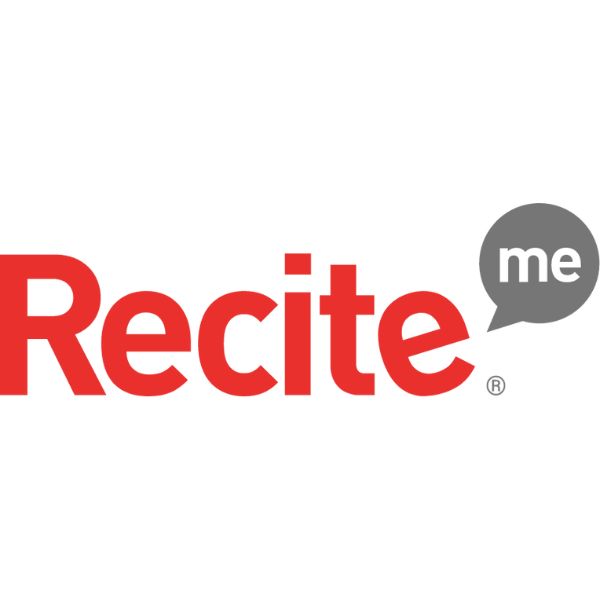Insights
INSIGHTS
All Topics
My Account
Are your services digitally inclusive?
04 Mar 2025by Josie Sparling
How to bridge gaps in charity services to ensure no one is left behind
Our society has become more and more digital since as early as the 1970s. But what once was a futuristic novelty now seems more like a necessity.
Today, being offline can be a major disadvantage, creating unnecessary barriers when going about daily life when it comes to accessing essential services, staying connected with loved ones, accessing education and work, and more. Digital exclusion can worsen existing problems, like poverty, health inequality, unemployment, housing inequality, and loneliness.
One in seven people in the UK are digitally excluded, with those who use charity services among this group. In response, this article explores how charities can make their services digitally inclusive.
Is digital inclusion a strategic priority?
More than four in five charities (82%) are concerned about digital inclusion, but less than two in five (37%) have a digital strategy.
Creating a digital strategy that includes digital inclusion means being able to tackle challenges as effectively as possible, starting with the biggest needs, making sure digital inclusion is everyone’s shared responsibility, and helping you organise the necessary training for staff.
Our 2024 survey found that 56% of charities find it difficult to reach service users due to problems with digital technologies, and 66% have struggled to implement digital technology due to lack of skills among service users. That reveals a sizeable obstacle – and as Good Things Foundation attests, large organisational change requires buy-in from senior leaders.
Creating a digital inclusion strategy might involve conducting a technology audit of the digital tools that help and hinder your services, as well as learning about how the demographics that use your services tend to be impacted by digital exclusion. Most importantly, strategy should be informed by service users themselves.
How can your charity uniquely support digital inclusion?
Every organisation has a unique opportunity to support digital inclusion. For example, charities that host social groups can casually incorporate digital technology to support the development of basic skills, with a Digital Champion on hand.
Similarly, people can learn about their own interests and meet their own goals through digital technology in a fun and informal way through charities, for example arts, culture, heritage, science, sports, or community charities.
Organisations that provide financial advice might incorporate a digital inclusion offering, like East End Citizens Advice Bureau and Castlemilk Law and Money Advice Centre. This is because digital inclusion can make it easier to manage money and to meet the digital requirements of Universal Credit.
When designing new services, be aware of the gaps in digital inclusion provision among other organisations to see if your services can step in.
Clearly defining what digital inclusion means for your service users, and how your organisation can help, is a key way to deliver digitally inclusive services.
Does the charity involve its service users?
Every charity’s work is directed to a unique group of people. That means being digitally inclusive will look different for every organisation.
Luckily, there is a simple way to effectively address service users’ digital needs: involving them. Coproducing new projects with service users can make sure they can access the charity’s services seamlessly, resolving gaps and weaknesses particular to their lived experience.
Involving service users in accessibility user testing means that the charity’s digital services don’t unfairly exclude those who have disabilities.
Meanwhile, receiving feedback on services can help fewer people fall through the net for other reasons, like not having access to the necessary devices or not feeling confident going online. Feedback can improve an overlooked gap in support journeys, provide more digital support where necessary, or link up with other organisations who can help.
Involving service users is a direct way to making services more effective. As Heather Reeve, Digital Accessibility Specialist at Scope, told us: your users are the ones that best understand their needs.
Do all staff have the skills to support digital inclusion?
There are a range of skills involved in delivering digitally inclusive services.
For example, understanding the social model of disability is important for any charity to make progress on digital accessibility. The model says that people are disabled by barriers in society, not by their impairment or difference. This approach can be a productive way to frame disability, prompting teams to remove any unnecessary barriers.
Charity teams should be able to implement digital accessibility, which may require training. Some options include the training delivered by the charities Scope and AbilityNet.
Making sure charity staff and volunteers are confident using digital as the technology landscape changes means that they themselves are included, and that they are more able to help users.
If your services involve users interacting with digital technology in an in-person environment, training staff to be Digital Champions can help users build confidence. Meanwhile, training staff in how to identify people’s digital skills needs can help guide them to the right support.
Does the charity make the most of existing resources and organisations?
A variety of organisations have long been building expertise and momentum in tackling digital exclusion in the UK. Avoid duplication and make the most of their knowledge by joining forces.
Being intimidated by digital can be a barrier for many service users. To address this, charities can signpost to, collaborate with, or join the Good Things Foundation’s National Digital Inclusion Network.
For older people who are already online but want to boost their confidence, Age UK’s resources can help make the most of the internet. For more help, we have created a full list of the best digital inclusion resources for people and organisations.
Charities can also connect across sectors with local businesses, libraries, and local authority teams to boost digital inclusion among a particular group of people. Partnerships like this work best when strategic priorities are aligned.
Find out more
Download full report below
Josie Sparling
More on this topic
Recommended Products
Recommended Products
Our Events
Charity Digital Academy
Our courses aim, in just three hours, to enhance soft skills and hard skills, boost your knowledge of finance and artificial intelligence, and supercharge your digital capabilities. Check out some of the incredible options by clicking here.

















